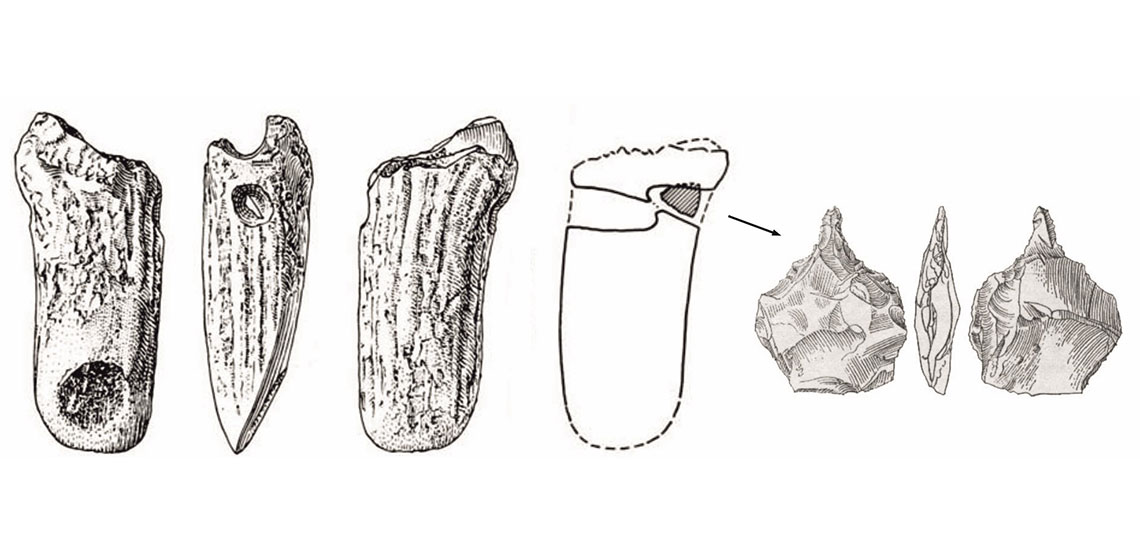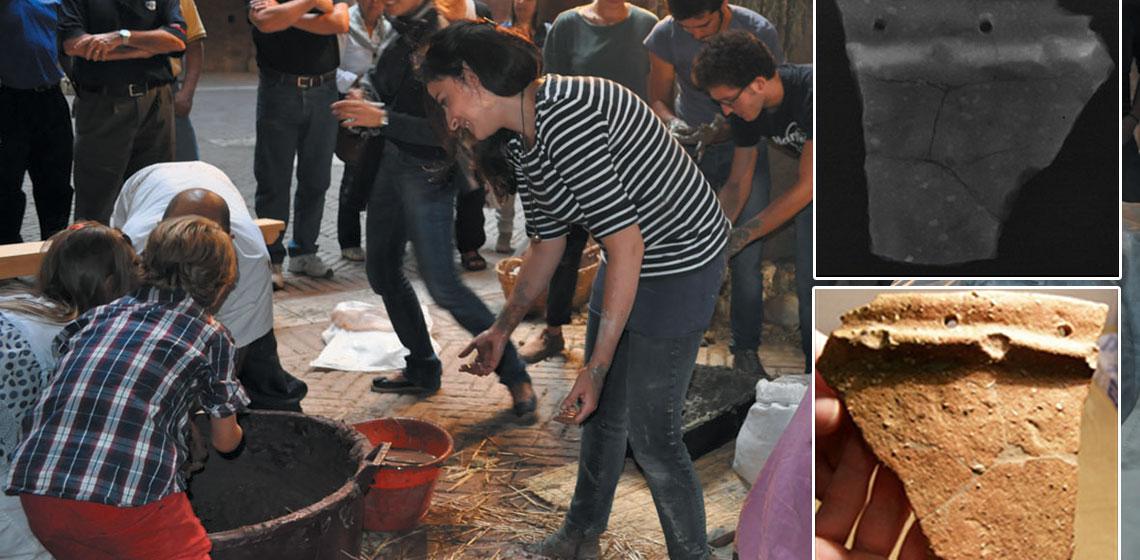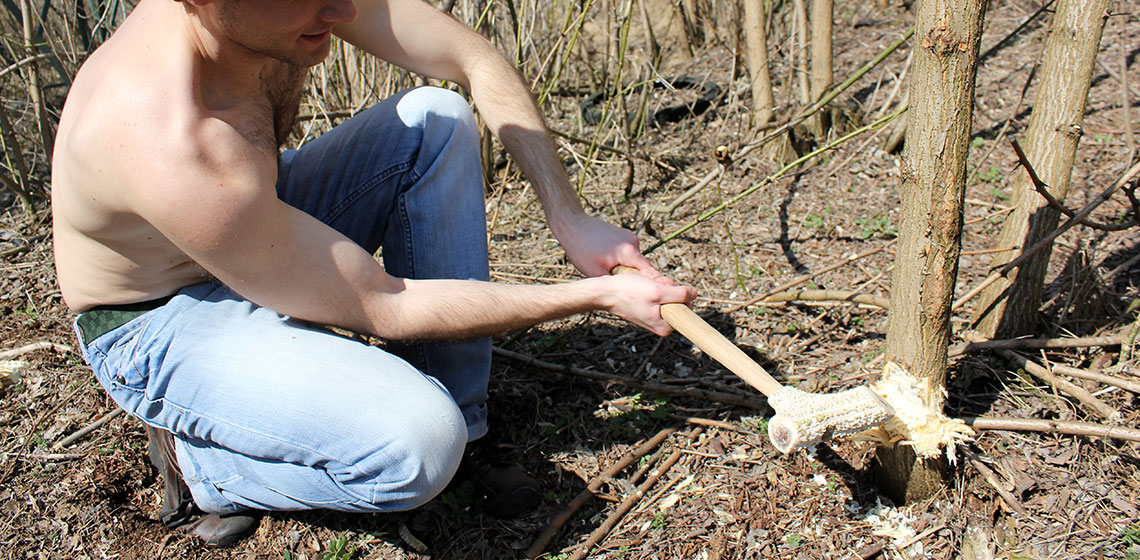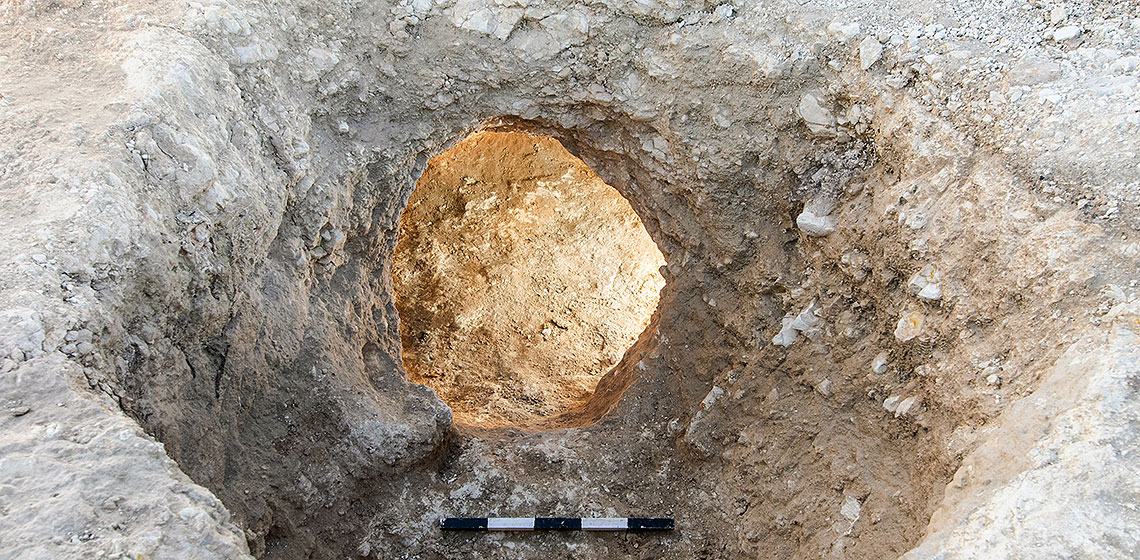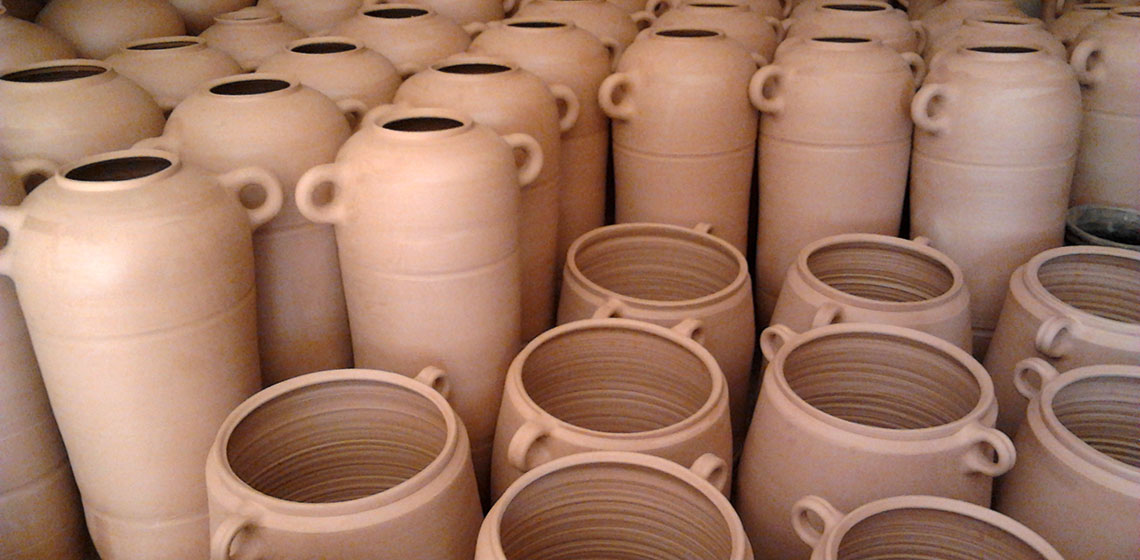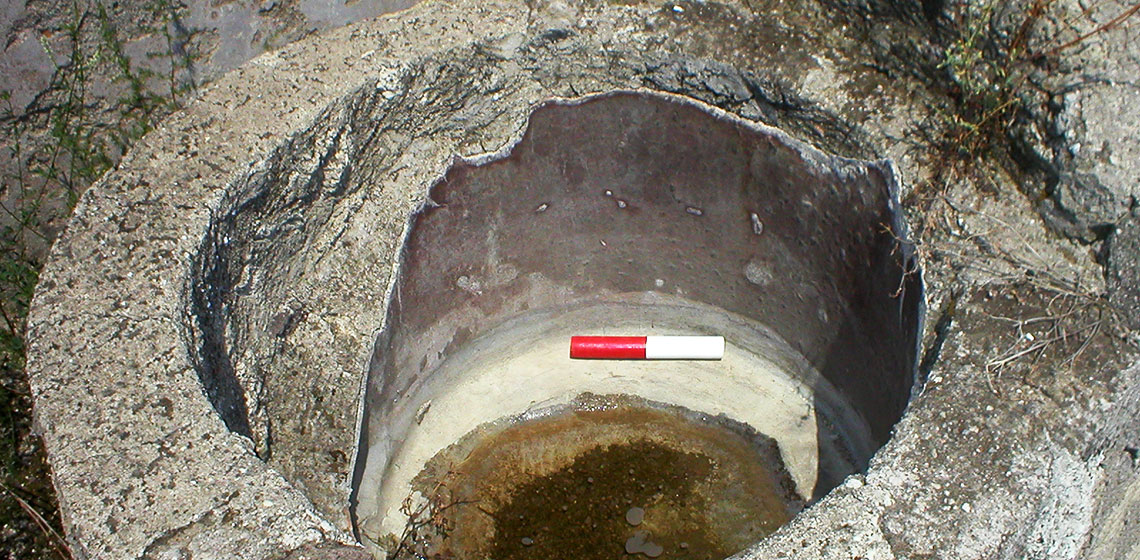Experimental Archaeology
CRISP (IT)
Interuniversity Research Centre for The Study and Promotion of Prehistoric Cultures Technologies and Landscapes
The University of Siena, the University of Rome “La Sapienza” and the University of Tromsø (NO) signed an agreement for the establishment and operation of an Interuniversity Research Center for the study and promotion of Prehistoric cultures, technologies and landscapes - CRISP. The three Universities are involved in research activities related to Prehistory and they all are interested in study methodology based on Spatial analysis in archaeology, Experimental archaeology, Anthropology and Ethnography and diffusion of scientific knowledge by means of musealisation.
The University of Siena, the University of Rome “La Sapienza” and the University of Tromsø (NO) signed an agreement for the establishment and operation of an Interuniversity Research Center for the study and promotion of Prehistoric cultures, technologies and landscapes - CRISP...
Two Reconstructions of Prehistoric Houses from Torun (Poland)
Get into the Grave: Notions of Community Social Identity in a Late 3rd Millennium Site, Derived from an Experimental Carving of a Shaft Tomb at Ramat Bet Shemesh (Israel)
The Iron Age Iberian Experimental Pottery Kiln of Verdú, Catalonia, Spain
An Experimental Comparison of Impressions Made from Replicated Neolithic Linen and Bronze Age Woolen Textiles on Pottery
The Prometheus Project
***The Prometheus Project was an experimental archaeological investigation carried out at Butser Ancient Farm, Hampshire, England, into prehistoric logboat building techniques. The project focused on exploring the use of fire in building logboats...
Museum of Human Evolution (ES)
The idea of the Museum of Human Evolution (MEH) emerged a decade ago, when the archaeological sites of the Sierra the Atapuerca were designated with the World Heritage Status by UNESCO. Its importance lies in in that fossils of hominids of more than 1.2 million years (the oldest of Western Europe) have been found there.
The idea of the Museum of Human Evolution (MEH) emerged a decade ago, when the archaeological sites of the Sierra the Atapuerca were designated with the World Heritage Status by UNESCO. Its importance lies in in that fossils of hominids of more than 1.2 million years (the oldest of Western Europe) have been found there...
Washington College - Department of Anthropology (US)
Washington College offers unique opportunities for exploring anthropology, or the study of human nature and human society. Courses focus on evolution and societal development, traditional ecological knowledge, environmental anthropology, experimental archaeology, and archaeological ethics. Areas of focus include the Chesapeake Bay region, Mesoamerica, and the Southeastern United States.
Investigating the Influence of the Kettle Material on Dyeing in the Industry of Pompeii
***Dyeing, especially in bright, intense colours, has been one of the methods used to embellish textiles and add to their value. A considerable dyeing industry can be shown to have existed in Pompeii. The city of Pompeii was destroyed in a volcanic eruption in AD 79, but its remains were preserved in situ...

